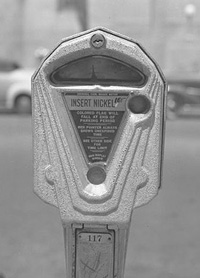 Carl Magee was a member of the Oklahoma City Chamber of Commerce Traffic Committee and was assigned the task of solving the parking problems in Oklahoma City. People that worked in the down area were parking on the streets all day which left very few spaces for shoppers and other visitors to the business district.
Carl Magee was a member of the Oklahoma City Chamber of Commerce Traffic Committee and was assigned the task of solving the parking problems in Oklahoma City. People that worked in the down area were parking on the streets all day which left very few spaces for shoppers and other visitors to the business district.
The solution would be to install parking meters that would charge for the use of parking spaces and force turn over of the spaces that would otherwise be filled all day by one car. The parking meters would also generate revenue for the city.
Magee built a crude model and then enlisted the help of the Oklahoma State University Engineering Department. A contest to built a working model ran from February 7 to May 6, 1933. Several students entered but there were no acceptable working submissions. Continue reading “Scrounge for Quarters – The Parking Meter Patent”


 Everyone has at one point or another, drank a cup of instant coffee whether we wanted to or not. In 1901 – by many accounts on July 24 – Japanese American chemist Satori Kato invented instant coffee while living in Chicago. Kato had already invented soluble tea. He was later approached by a U.S. coffee importer and roaster about applying his method for dehydrating tea to coffee. With the help of an American chemist, Kato was successful. The same year, the Kato Coffee Company distributed free samples of its product at the Pam-American Exposition in Buffalo. The company had very little success with its new product. Very few liked the taste of the coffee and it was considered a novelty. Kato received U.S. Patent No. 735,777 on August. 11, 1903 for a Coffee Concentrate and Process of Making Same.
Everyone has at one point or another, drank a cup of instant coffee whether we wanted to or not. In 1901 – by many accounts on July 24 – Japanese American chemist Satori Kato invented instant coffee while living in Chicago. Kato had already invented soluble tea. He was later approached by a U.S. coffee importer and roaster about applying his method for dehydrating tea to coffee. With the help of an American chemist, Kato was successful. The same year, the Kato Coffee Company distributed free samples of its product at the Pam-American Exposition in Buffalo. The company had very little success with its new product. Very few liked the taste of the coffee and it was considered a novelty. Kato received U.S. Patent No. 735,777 on August. 11, 1903 for a Coffee Concentrate and Process of Making Same. 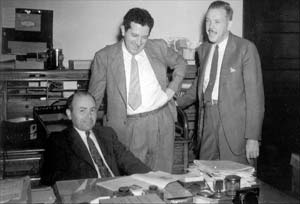 Marshmallow Peeps are a stable of Easter Baskets all over the country. This delicious or maybe disgusting candy is made from marshmallows, sugar, gelatin and caranauba wax. These sugary treats were brought to consumers on a large scale in 1954. But their story starts before that.
Marshmallow Peeps are a stable of Easter Baskets all over the country. This delicious or maybe disgusting candy is made from marshmallows, sugar, gelatin and caranauba wax. These sugary treats were brought to consumers on a large scale in 1954. But their story starts before that.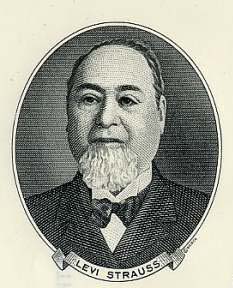 In 1853 at the height of the California Gold Rush, everyday items were in high demand and short supply in San Francisco. A 24-year-old German immigrant, Levi Strauss, left New York and made the journey to California to join his older sister and brother-in-law in running their dry goods store. Upon his arrival, a prospector asked Strauss what he had brought. When told that Strauss had brought canvas for tents and wagons, the prospector told him that he should have brought pants.
In 1853 at the height of the California Gold Rush, everyday items were in high demand and short supply in San Francisco. A 24-year-old German immigrant, Levi Strauss, left New York and made the journey to California to join his older sister and brother-in-law in running their dry goods store. Upon his arrival, a prospector asked Strauss what he had brought. When told that Strauss had brought canvas for tents and wagons, the prospector told him that he should have brought pants. In the mid 1940’s, the young ambitious duo Ruth and Elliot Handler, owned a company that made wooden picture frames. Handler and his partner Harold Mattson built the picture frame samples and it was Ruth’s job to market them. Elliot then decided to use the spare wood to make doll furniture. This began a toy business named Mattel – MATT for Mattson, and EL for Elliot.
In the mid 1940’s, the young ambitious duo Ruth and Elliot Handler, owned a company that made wooden picture frames. Handler and his partner Harold Mattson built the picture frame samples and it was Ruth’s job to market them. Elliot then decided to use the spare wood to make doll furniture. This began a toy business named Mattel – MATT for Mattson, and EL for Elliot.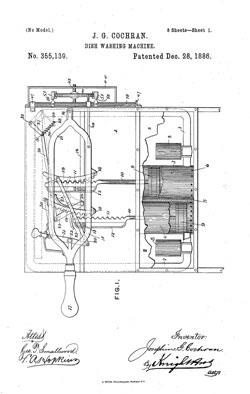 Josephine Cochran was issued Patent No. 355,139 on December 28,1886 for a dish washing machine. Cochran was a wealthy woman in Illinois who frequently hosted dinner parties. She became frustrated when her servants would chip or break her heirloom china so she began washing her own dishes. She was upset with the indignity of having to wash her own dishes and decided that there must be a better way. Since no one else had invented something, she was going to do it herself.
Josephine Cochran was issued Patent No. 355,139 on December 28,1886 for a dish washing machine. Cochran was a wealthy woman in Illinois who frequently hosted dinner parties. She became frustrated when her servants would chip or break her heirloom china so she began washing her own dishes. She was upset with the indignity of having to wash her own dishes and decided that there must be a better way. Since no one else had invented something, she was going to do it herself.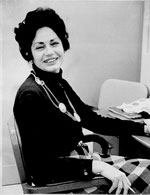 Liquid Paper was invented by a bank secretary form Texas in 1951. Bette Nesmith Graham, mother of of Monkees member Michael Nesmith, concocted the first correction fluid in her kitchen with tempera paint and a blender. Her second job as painter of holiday windows at the bank was the inspiration behind her invention. Graham noticed “with lettering, an artist never corrects by erasing, but always paints over the error. So I decided to use what artists use. I put some tempera water-based paint in a bottle and took my watercolor brush to the office. I used that to correct my mistakes.”
Liquid Paper was invented by a bank secretary form Texas in 1951. Bette Nesmith Graham, mother of of Monkees member Michael Nesmith, concocted the first correction fluid in her kitchen with tempera paint and a blender. Her second job as painter of holiday windows at the bank was the inspiration behind her invention. Graham noticed “with lettering, an artist never corrects by erasing, but always paints over the error. So I decided to use what artists use. I put some tempera water-based paint in a bottle and took my watercolor brush to the office. I used that to correct my mistakes.” 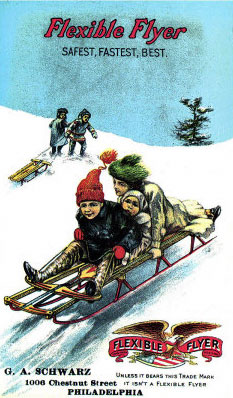 The Flexible Flyer was invented over 100 years ago by a farm equipment manufacturer. Looking to provide year round employment for his workers, Samuel Leeds Allen began trying to invent a sled in the 1880’s. Coasting, as sledding was then known, was very popular and Allen was hoping to capitalize on this.
The Flexible Flyer was invented over 100 years ago by a farm equipment manufacturer. Looking to provide year round employment for his workers, Samuel Leeds Allen began trying to invent a sled in the 1880’s. Coasting, as sledding was then known, was very popular and Allen was hoping to capitalize on this.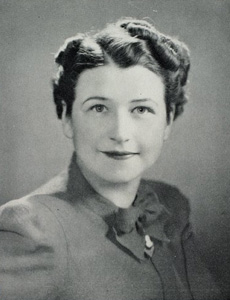 Chocolate chip cookies seem like a classic part of American baking like the apple pie, but actually these delicious cookies were not invented until 1933. Ruth Graves Wakefield was the woman who brought us these delectable treats. Built on the outskirts of Whitman, MA in 1709 as a collection booth for the toll road, Mr. & Mrs. Wakefield acquired the building in 1930 and transformed it into a restaurant and inn. The newly renamed Toll House Inn was a charming respite for weary travelers, boasting comfortable lodgings along with homemade meals and fresh baked goods.
Chocolate chip cookies seem like a classic part of American baking like the apple pie, but actually these delicious cookies were not invented until 1933. Ruth Graves Wakefield was the woman who brought us these delectable treats. Built on the outskirts of Whitman, MA in 1709 as a collection booth for the toll road, Mr. & Mrs. Wakefield acquired the building in 1930 and transformed it into a restaurant and inn. The newly renamed Toll House Inn was a charming respite for weary travelers, boasting comfortable lodgings along with homemade meals and fresh baked goods.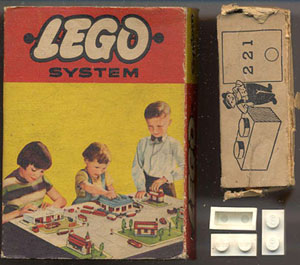 On January 28, 1958 at 1:58 pm Godtfred Kirk Christiansen submitted the patent application for the improved Lego brick and building system in Copenhagen, Denmark. Today, the thousands of different shapes, sizes and colors of Legos are all designed to connect with the original brick from the Danish patent. All 2×4 Legos made since 1958 have been manufactured to the exact same measurements as the version outlined in the original patent.
On January 28, 1958 at 1:58 pm Godtfred Kirk Christiansen submitted the patent application for the improved Lego brick and building system in Copenhagen, Denmark. Today, the thousands of different shapes, sizes and colors of Legos are all designed to connect with the original brick from the Danish patent. All 2×4 Legos made since 1958 have been manufactured to the exact same measurements as the version outlined in the original patent.